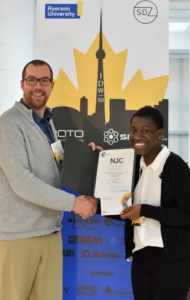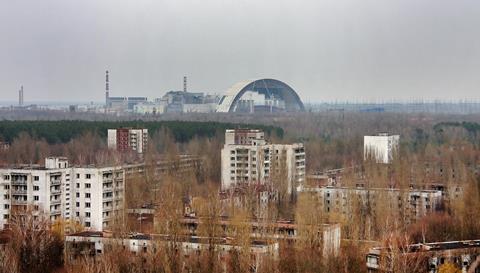The 2016 Journal Citation Reports® have just been released and we are pleased to announce that New Journal of Chemistry received an Impact Factor of 3.269.
We would like to thank all our authors, referees and readers who have contributed to this success, as well our Editorial and Advisory Boards for their hard work and continued support. Because of you, New Journal of Chemistry has maintained its position as a high quality journal publishing work that opens new directions in chemistry.
We invite you to submit your best work to New Journal of Chemistry!
Here are the top five articles that contributed to the 2016 Impact Factor. All of these articles will be free to access for 4 weeks.
Bioinspired nanoarchitectonics as emerging drug delivery systems
Katsuhiko Ariga,* Kohsaku Kawakami,* Mitsuhiro Ebara, Yohei Kotsuchibashi, Qingmin Ji and Jonathan P. Hill
DOI: 10.1039/C4NJ00864B
New J. Chem., 2014, 38, 5149-5163, Perspective
Water and methanol adsorption on MOFs for cycling heat transformation processes
Felix Jeremias, Dominik Fröhlich, Christoph Janiak* and Stefan K. Henninger*
DOI: 10.1039/C3NJ01556D, (Open Access)
New J. Chem., 2014, 38, 1846-1852, Focus
Facilely constructing 3D porous NiCo2S4 nanonetworks for high-performance supercapacitors
Yang Liu, Jianan Zhang,* Shoupei Wang, Kaixi Wang, Zhimin Chen and Qun Xu*
DOI: 10.1039/C4NJ00816B
New J. Chem., 2014, 38, 4045-4048, Letter
Enhanced simultaneous removal of malachite green and safranin O by ZnO nanorod-loaded activated carbon: modeling, optimization and adsorption isotherms
F. Nasiri Azad, M. Ghaedi,* K. Dashtian, S. Hajati, A. Goudarzi and M. Jamshidi
DOI: 10.1039/C5NJ01281C
New J. Chem., 2015, 39, 7998-8005, Paper
Enhanced activity of a hydrothermally synthesized mesoporous MoS2 nanostructure for high performance supercapacitor applications
Ananthakumar Ramadoss, Taehyun Kim, Gui-Shik Kim and Sang Jae Kim*
DOI: 10.1039/C3NJ01558K
New J. Chem., 2014, 38, 2379-2385, Paper
Comments Off on New Journal of Chemistry 2016 Impact Factor – 3.269
















